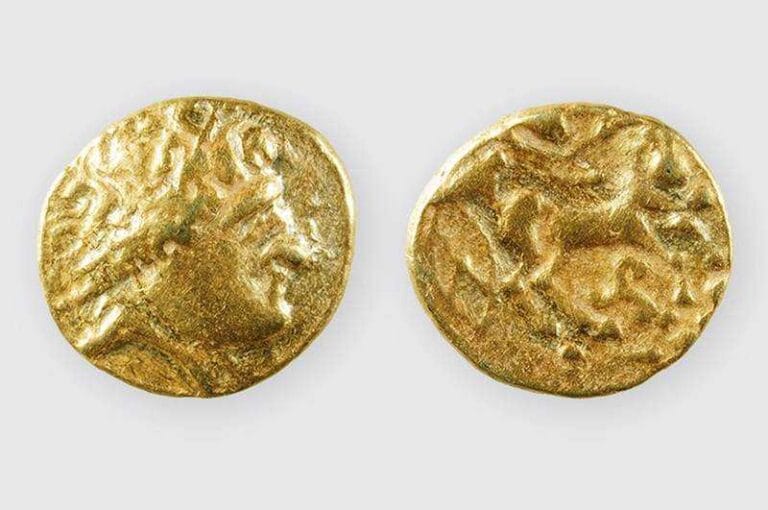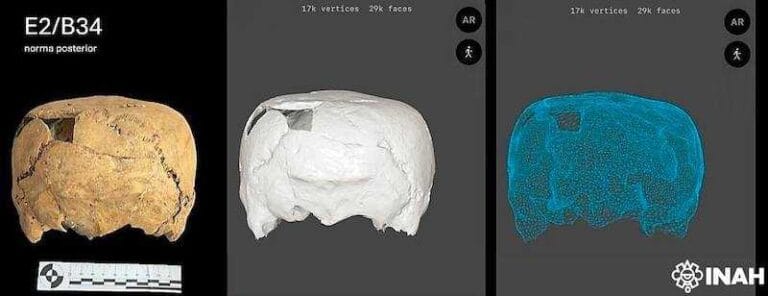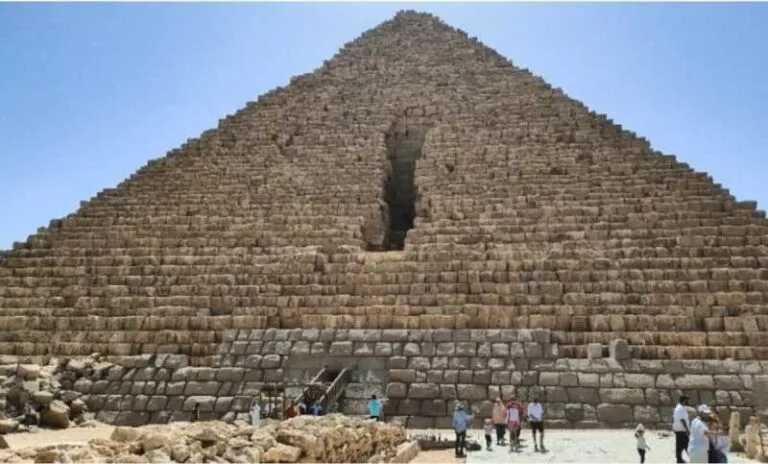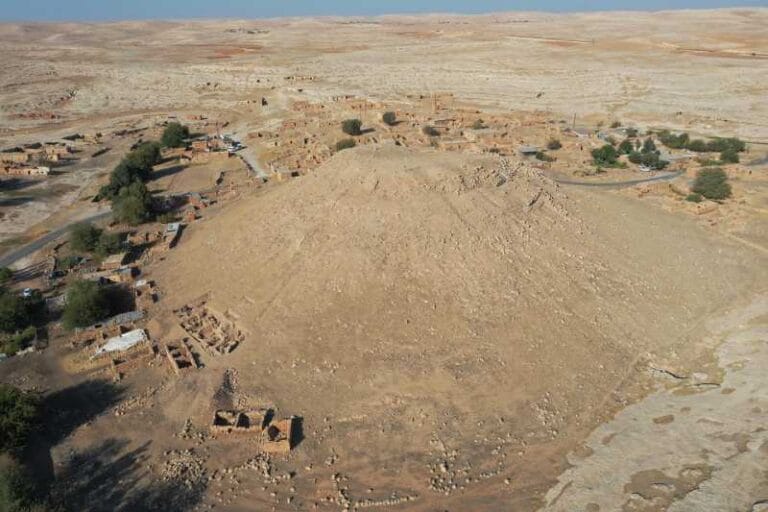Talismanic tablet found in Silifke Castle in Turkey.
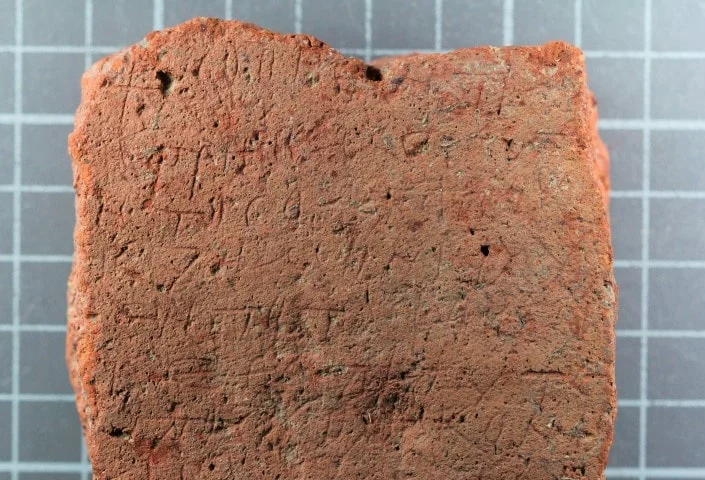
During recent excavations at Silifke Castle, located in the province of Mersin, southern Turkey, a team of archaeologists made an intriguing discovery: a funerary tablet of Byzantine origin, apparently used as protection against evil. This find has attracted the attention of scholars and archaeologists who believe that the piece could shed new light on the funerary customs and spiritual protection practices of the time.
Silifke Castle, located on a hill 185 meters above sea level in the Silifke district, is the subject of an extensive excavation and restoration project led by Turkey’s Ministry of Culture and Tourism. The current excavations are part of the 13th period of work at the site, which seeks not only to preserve the structure, but also to uncover secrets buried beneath the ruins. The team, made up of 25 people, is led by archaeologist Ali Boran, with the support of Dr. Bayram Veli, a professor at Ankara’s Hacı Bayram Veli University.
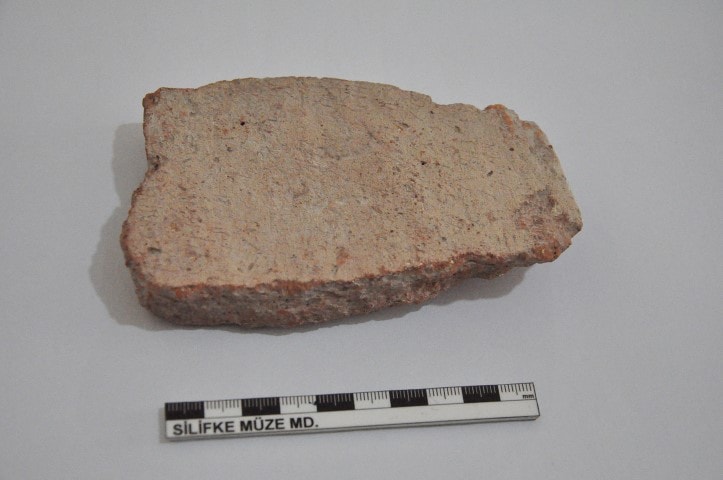
While working around a mosque inside the castle, which displays city-like architecture, the archaeologists found the tablet, which was buried near the temple. The object was carefully removed from the ground to be analyzed. The experts soon realized that this was no ordinary tablet, but rather an artefact that played a symbolic and spiritual role. The piece was identified as a “talismanic tomb tablet”, an item which, it seems, was made during the Byzantine period to protect a structure or tomb from enemies and evil forces.
The leader of the excavation, Dr. Ali Boran, enthusiastically shared the importance of the discovery and how it contributes to the understanding of archaeological structures in the region. He noted that over the course of this season, the team has made other valuable discoveries, such as “tear bottles, oil lamps and ceramics”, which are believed to have been used as offerings left in tombs during antiquity. These artifacts provide clues about the customs and beliefs of the time, especially with regard to funerary rituals.
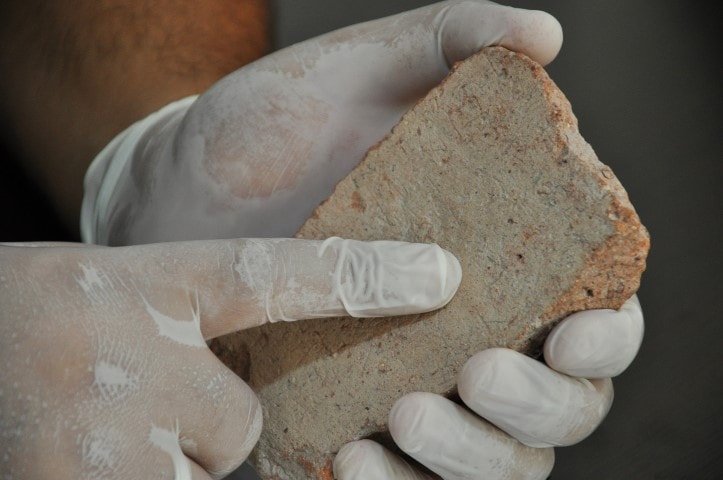
Commenting on the newly discovered talismanic tablet, Dr. Boran offered more details: “From what we understand from the writings inside, this is a magical and talismanic tablet made to protect this structure or tomb from all kinds of evils and enemies.” He also pointed out that the epigraphic analysis of the object, i.e. the study of the inscriptions, is underway and is being conducted by specialists in the field. According to Boran, the writings on the tablet indicate that the castle didn’t just serve as a military fortress or urban center, but also had other symbolic and spiritual functions: “We see that this place is not just a city, but also has different characteristics,” he added.
One of the most intriguing conclusions of the preliminary analysis is the indication that there was a tomb structure inside the castle, something that had not yet been identified. “So far, we haven’t found a grave structure inside the castle, but the plaque indicates that there was a grave structure here at that time,” explained Boran. This revelation opens up new possibilities for study and exploration, as it suggests that the site could have housed the tombs of important figures, possibly linked to the Byzantine elite of the time.

The tablet, which was found to the west of the mosque, is described by Boran as a relatively small piece, but of great historical and archaeological significance. “The tablet isn’t very big, but when we look at its content and writing style, it’s a discovery that can give us a lot,” he explained. The archaeologist drew parallels between the use of the tablet and similar practices that continue today: “If we think of it as an evil eye bead, a prayer and material that some people consider important today, they were also present in that period.”
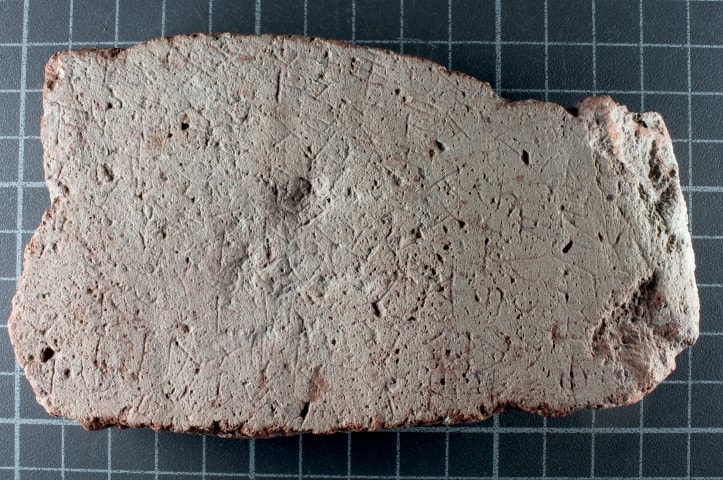
Boran pointed out that the use of talismanic materials for spiritual protection dates back to the Middle Ages and was a common practice among various cultures. “We know that these materials were used to protect against all kinds of evils from the beginning of the Middle Ages,” said the archaeologist, emphasizing the importance of the discovery not only for the history of the castle, but also for understanding the spiritual traditions of the time.
The discovery of the tomb tablet in Silifke Castle is seen as a significant milestone in archaeological investigations in the region, and experts believe that it could reveal new aspects about the history and culture of Byzantine Anatolia. As Dr. Boran summarized, “The discovery of the tablet in Silifke Castle is an important piece of data in terms of the history of this place.”
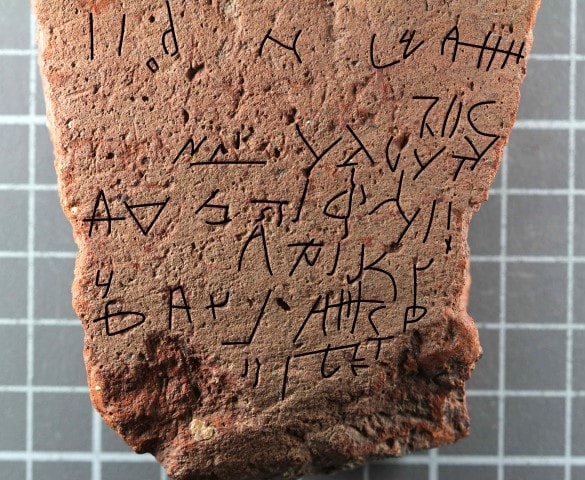
With this discovery, it is hoped that new developments and finds will emerge in the next phases of the excavation, offering a broader and more detailed view of the Byzantine past and the spiritual practices of that era.

